Published on 24 Mar 2024
The Ultimate Guide to Making a Skincare Routine: Tips for Healthy Skin
- ByMedical Content Team
- Medically Reviewed byDr. Sabine Kulhanek
Fact checked

Skin caring is an art as old as history itself. Despite its long history, skincare routine manuals continually evolve into better, more advanced forms. There is always room for new, younger people who are just beginning their own skincare routine journey. So, while you can find specifically detailed guides out there, here we are trying to establish the foundational basis for a healthy, sustainable, and affordable skincare routine that you can keep using for years to come. We will also cover a host of other related topics to maximize the efficiency of your new skincare routine. Let’s get to it!
Know your Skin Type
Different skin types necessitate specific formulations. Knowing your skin type helps you choose cleansers, moisturizers, and other products that address your unique skin caring needs. Understanding your skin type enables you to focus on specific concerns. For instance, those with oily skin might prioritize products that control sebum production, while individuals with dry skin may opt for intense hydration. Utilizing products not suitable for your skin type can lead to adverse reactions, such as breakouts, redness, or excessive dryness. Knowing your skin type minimizes the risk of negative outcomes. Tailoring your routine to your skin type ensures that you're addressing the root causes of issues, leading to more effective results. It's about working with your skin, not against it. Here's a breakdown of the common skin types.
Also Read: Why Is My Face Red? Possible Causes and Treatments
Oily Skin
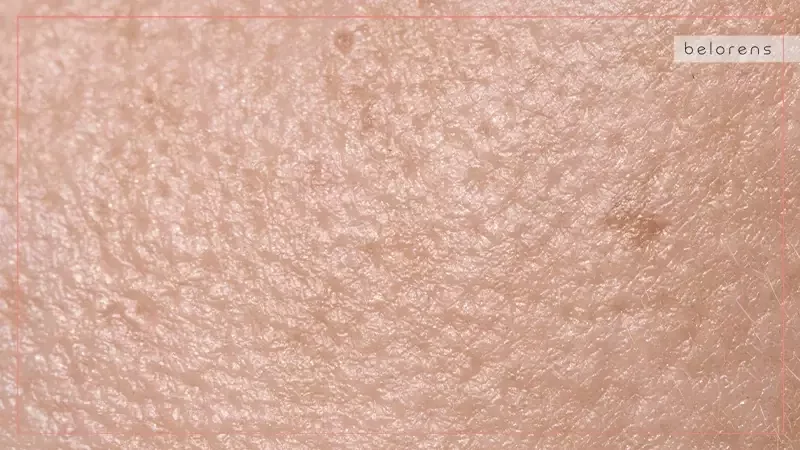
Oily skin features excessive sebum production, a shiny complexion, and enlarged pores.
It also has a noticeable shine by midday, a tendency to break out, and visible pores. Proper care for oily skin helps control excess oil, prevents acne, and maintains a balanced complexion.
Dry Skin
Dey skin is known for its flakiness, tightness, dull complexion, and fine lines. It features a feeling of dryness and a lack of natural glow. Hydrating and moisturizing are key to alleviating dry skin, reducing discomfort, and preventing premature aging.
Combination Skin
This skin type features areas of both dryness and oiliness, often an oily T-zone and dry cheeks.
Combination skin types have a noticeable contrast between dry and oily areas, a potential for acne in the T-zone. For people with this skin type, balancing products are essential to address different needs in various areas of the face.
Sensitive Skin
- People with sensitive skin are susceptible to redness, irritation, itching, and burning sensations.
- This skin type can be easily irritated by new products and reactions to certain ingredients.
- Gentle, hypoallergenic products are crucial to preventing irritation and maintaining skin health.
Normal Skin
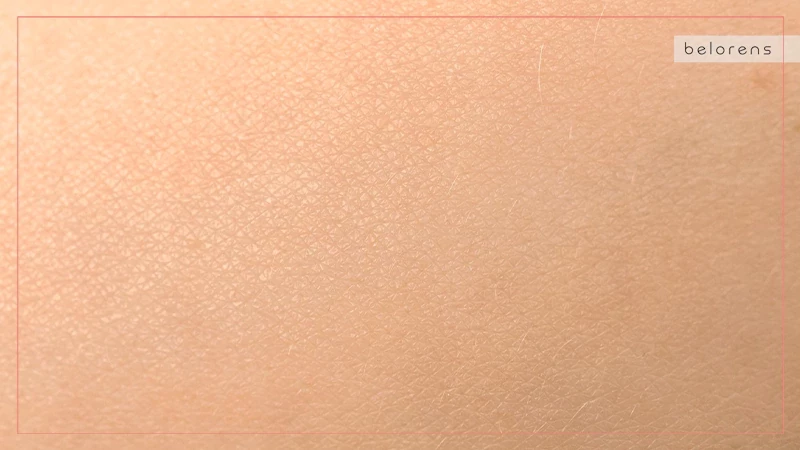
Normal skin is well-balanced, neither too oily nor too dry, with minimal imperfections. It requires few blemishes and no extreme dryness or oiliness. Even though normal skin requires less specific care, a consistent routine helps maintain its balanced state and prevents future issues.
This breakdown of skin types is made with specific concerns regarding creating a suitable skincare routine.
Things You Will Need for Your Skincare Routine
Creating an effective skincare routine involves incorporating a variety of products designed to address specific needs. Here's a list of essential things and skin care products you may need for a well-rounded skin caring routine.
Cleanser
The purpose of the cleaner is to eliminate dirt, oil, and makeup, preparing the skin for subsequent products. It comes in gel, cream, oil-based, and foaming types, chosen based on your skin type.
Toner
- Toner balances the skin's pH, tightens pores, and eradicates any lingering impurities.
- It comes in Alcohol-free, hydrating, and exfoliating variants.
Serum
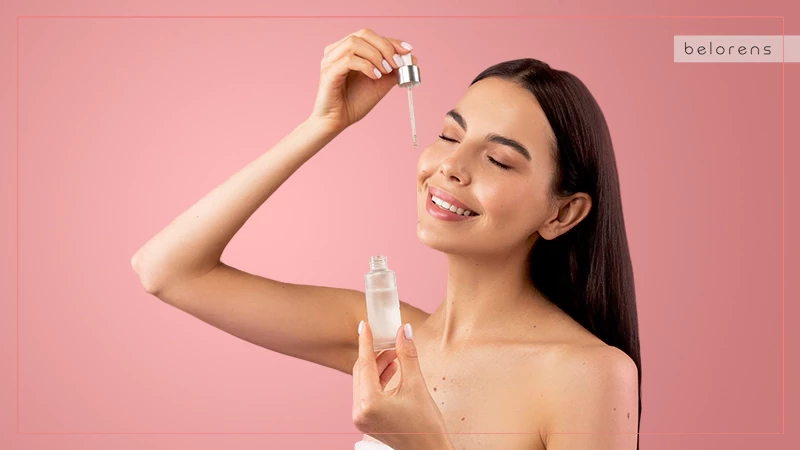
- The serum targets specific skin concerns like aging, hyperpigmentation, or dehydration.
- Variations include Vitamin C serums, hyaluronic acid serums, and antioxidant serums.
Moisturizer
As the name implies, a moisturizer hydrates the skin, maintains its moisture balance, and establishes a protective barrier. Variations include Daytime moisturizers with SPF, nighttime moisturizers, gel-based, and cream-based.
Sunscreen
Sunscreens safeguard the skin from harmful UV rays, preventing sun damage and premature aging. They come in Broad-spectrum and SPF-rated variants.
Also Read: Best Sunscreen Creams in 2024: Protect Your Precious Skin from the Sunlight
Exfoliator
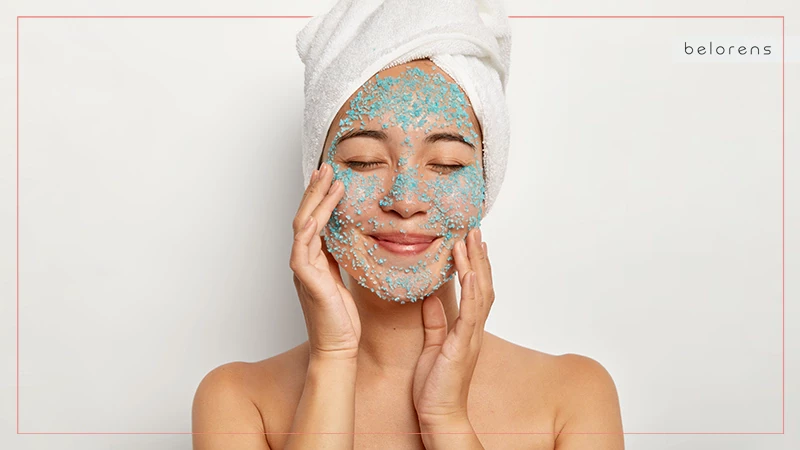
An exfoliator discards dead skin cells, fosters cell turnover, and aids in skin renewal. It comes in different variants like chemical exfoliants (AHAs, BHAs) and physical exfoliants (scrubs).
Mask
Face masks provide targeted treatment for specific concerns, such as hydration or detoxification. Different versions include clay masks, sheet masks, and overnight masks.
Eye Cream
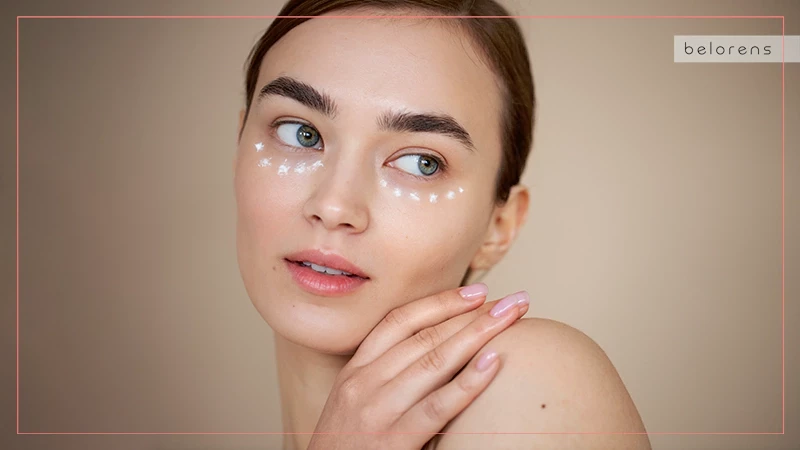
- Eye creams address concerns like dark circles, puffiness, and fine lines around the eyes.
- Variations include hydrating eye creams, anti-aging eye creams, and brightening eye creams.
Treatment Products
- The products target specific skincare issues such as acne, wrinkles, or hyperpigmentation.
- They come in retinoids, acne spot treatments, and specialized serum variants.
Also Read: Acne Types, Causes, Treatment, and Emotional Well-Being
Makeup Remover
- Makeup removers gently eradicate makeup and sunscreen before cleansing the skin.
- They can be found in micellar water, cleansing oil, and makeup remover wipe versions.
Cleansing Tools
- Cleaning tools are used to enhance the cleansing process and exfoliate the skin.
- The variants include cleansing brushes, konjac sponges, and facial cleansing devices.
Lip Balm
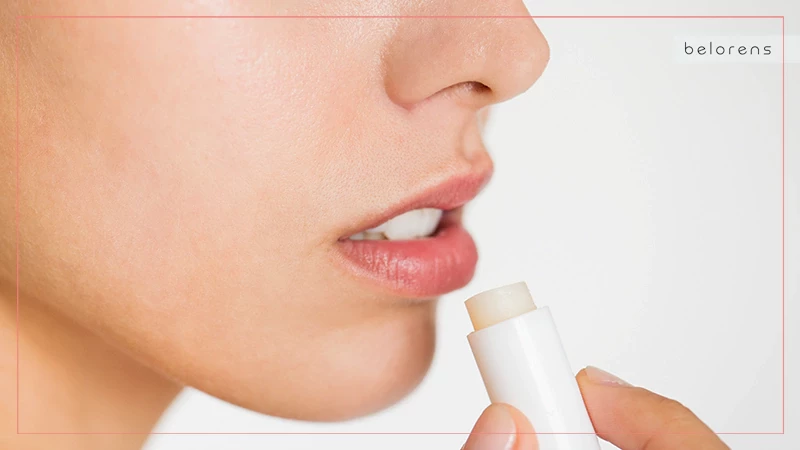
- A lip balm keeps the lips moisturized and prevents dryness or chapping.
- You can get them in the form of hydrating lip balms and tinted lip balms with SPF.
Hydrating Mist
- Hydrating mist adds a burst of hydration throughout the day, refreshing the skin.
- It is found in rosewater mist, thermal spring water mist, and hydrating facial spray versions.
Retinol or Retinoid (for Nighttime)
Retinol stimulates collagen production, reduces fine lines, and promotes skin renewal.
You can buy them in the form of over-the-counter retinol and prescription retinoids.
While these products go a long way in ensuring a healthy skincare routine for you, you can take your skin to the next level by undertaking some Belorens’s most advanced skin rejuvenation treatments, such as a laser resurfacing procedure!
Guide to Folloiwng the Best Skincare Routine Main Steps
Finally, it is time to cover the three main essential steps of every skincare routine. Regardless of your skin type, you are going to use these steps in your skin caringroutine. Once we have covered all there is to know about how to perform them and what their purpose is, we will move on to cover four additional optional steps for you.
Cleaning
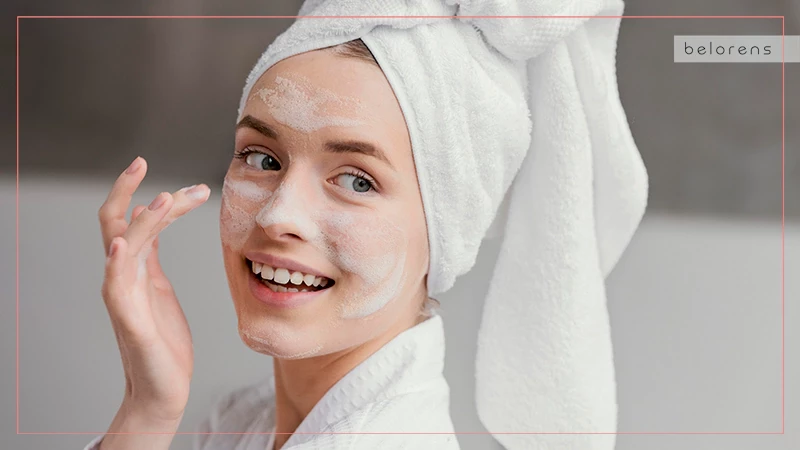
The foundational step in any skincare routine is cleansing, a pivotal role in maintaining skin health. Utilizing a gentle cleanser is crucial, as it removes accumulated dirt, oil, and impurities from the skin's surface. By cleansing, one prevents pore congestion, breakouts, and potential inflammation, ensuring a clear complexion. Choosing a cleanser tailored to your skin type is essential for effectiveness without stripping essential oils. This step is especially vital in the evening, eliminating the day's environmental pollutants and makeup. Proper cleansing preps the skin for subsequent steps, enhancing toner, moisturizer, and treatment absorption. Consistency in cleansing is key to maintaining clear, healthy skin.
Start by wetting your face with lukewarm water. Use a gentle cleanser suitable for your skin type. Apply a small amount to your fingertips. Gently massage the cleanser onto your face using circular motions. Pay attention to areas with makeup or impurities. Thoroughly rinse your face with water, ensuring all cleanser is removed.
Toning
A vital yet often overlooked step following cleansing in a skincare routine is toning. Applying a toner, typically a liquid solution, comes next. Toners serve multiple purposes, including restoring the skin's pH balance disrupted by cleansing, removing residual impurities, and preparing the skin for optimal product absorption. Depending on the formulation, toners can hydrate, soothe, or exfoliate, catering to various skin types and concerns. Incorporating toning helps refine pores, enhances skin texture, and promotes a smoother complexion. It acts as a bridge between cleansing and moisturizing, ensuring maximum product penetration. Choosing the right toner for specific needs helps address issues while promoting overall skin health.
Put a small amount of toner on a cotton pad or your hands. Gently wipe or pat the toner across your face, avoiding the eye area. Select a toner based on your skin's needs—hydrating, exfoliating, or soothing.
Also Read: All You Need to Know About Skin Tone and Undertone.
Moisturising

An essential step in every skincare routine is moisturizing, contributing significantly to skin health and appearance. Applying a moisturizer replenishes and locks in moisture, irrespective of skin type, maintaining a healthy moisture balance and preventing dryness or excessive oiliness. A well-formulated moisturizer creates a protective barrier, shielding the skin from environmental stressors and promoting a supple, smooth complexion.
Different moisturizers cater to specific needs, such as anti-aging, acne control, or sensitivity. Incorporating this step is crucial for addressing fine lines, promoting elasticity, and creating a suitable canvas for makeup application. Regular moisturizing is especially beneficial in dry or harsh climates, ensuring skin stays hydrated and resilient.
Choose a moisturizer suitable for your skin type and concerns (dry, oily, anti-aging, etc.). Take a small amount and apply it evenly to your face, neck, and décolletage. Use upward and outward motions to massage the moisturizer into your skin.
Skincare Routine Optional Steps
Serums
Serums, being concentrated formulations specifically crafted for targeted skin caring concerns, play a vital role in any routine. With their lightweight nature and high concentration of active ingredients like vitamins, antioxidants, or hyaluronic acid, serums deeply penetrate the skin, delivering benefits such as intense hydration, brightening, or potent anti-aging effects. Applying a small amount post-cleansing and before moisturizing enhances the overall effectiveness of one's skincare regimen.
Apply a small amount of serum containing active ingredients like vitamins or antioxidants after cleansing and before moisturizing. Gently massage it into the skin, focusing on specific concerns like hydration or anti-aging. The concentrated formula penetrates deeply for targeted benefits.
Sun Protection
An essential step in any skincare routine is sun protection, which is crucial for shielding the skin from harmful UV rays. Daily application of broad-spectrum sunscreen with at least SPF 30 is imperative, even on cloudy days. Reapplication, especially during prolonged outdoor exposure, is crucial. Beyond preserving a youthful complexion, consistent sun protection minimizes the likelihood of pigmentation issues and fortifies the skin's long-term resilience.
Daily, apply a broad-spectrum sunscreen with at least SPF 30, even on cloudy days. Reapply throughout the day, especially during prolonged sun exposure. This shields the skin from harmful UV rays, preventing premature aging sunburn and reducing the risk of skin cancer.
Exfoliation
Integral for maintaining smooth and radiant skin, exfoliation is a pivotal step in any skincare regimen. The process involves removing dead skin cells, unclogging pores, and stimulating cell turnover. There are two primary methods: physical, involving scrub particles, and chemical, using acids like AHAs or BHAs. Incorporating exfoliation into the routine, ideally 1-3 times weekly, enhances skin texture, diminishes fine lines, and optimizes the absorption of other skincare products.
1-3 times a week, incorporate exfoliation into your routine. Choose between physical (scrub particles) or chemical (acids like AHAs or BHAs) methods based on your skin type. This process removes dead skin cells, unclogs pores, and enhances the absorption of other skincare products.
Long Term Procedures (Weekly and Monthly)
Long-term skin caring procedures, undertaken weekly or monthly, offer additional benefits beyond daily routines. Weekly treatments may involve masks targeting specific concerns such as hydration or acne. Monthly procedures encompass more intensive treatments like chemical peels or professional facials, offering deeper exfoliation and addressing stubborn issues. Consultation with a skincare professional is necessary for optimal results. Undertaking these periodic treatments allows individuals to address concerns like hyperpigmentation, fine lines, and overall skin rejuvenation, contributing to a comprehensive skincare strategy. Regularity and professional guidance are essential for optimal results.
Weekly, use masks addressing specific concerns, and monthly, consider more intensive treatments like chemical peels or facials. Consult a skincare professional for guidance. These procedures offer deeper exfoliation, targeting stubborn issues and contributing to overall skin rejuvenation. Consistency and professional advice are crucial for optimal results.
When to Do Skincare Routine Steps: Morning vs Evening
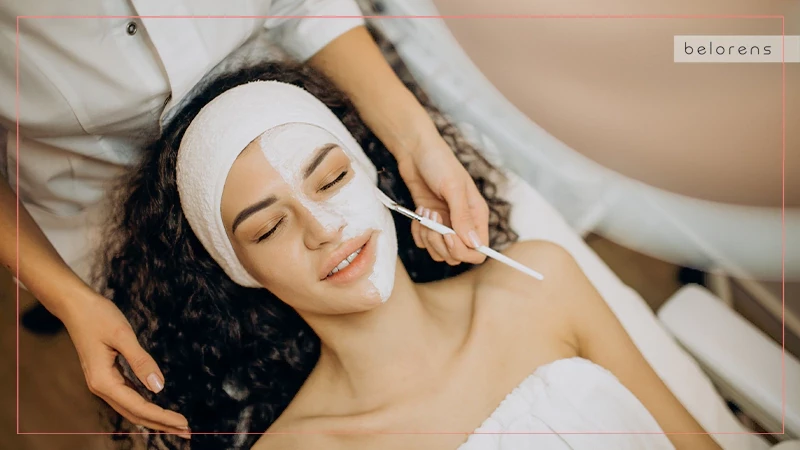
Establishing a comprehensive skin care routine order involves considering the distinct needs of your skin at different times of the day. Distinguishing between morning and evening routines enables you to address various challenges and maximize the benefits of your skincare products. Here's a breakdown of the key elements for both morning and evening skincare routines.
Morning
It is advised to go for the essential steps of your skin caring routine in the morning. This is because you are at your energy peak in the morning, and most of the things that we are performing as part of our skincare routine occur during the day. The following parts of a skincare routine should be done in the morning:
- Cleansing
- Toning
- Serum
- Moisturizer
- Sunscreen
- Makeup (if applicable)
Evening
The evening is perfect for applying the follow-up steps and optional skincare procedures that are not as important as the essential steps. This serves as a renewal process or what you did in the morning. Here are the steps we suggest to perform in the evening:
- Makeup Removal and Cleansing
- Exfoliation (1-3 times a week)
- Toning
- Treatment Products (if applicable)
- Eye Cream
- Moisturizer
Diet and Skincare Routine
A skincare routine is not just about applying products to your skin every once in a while. Your diet also directly impacts the way your skin reacts to the environment. A balanced diet is crucial for promoting skin health, providing essential vitamins, minerals, and antioxidants that support overall well-being. Complementing this, a proper skincare routine addresses external factors influencing the skin. Here are things that help your skin and then some things that are best to avoid.
Also Read: Diet After Rhinoplasty: What to Eat And Drink and What to Avoid
Dietary Elements Helping Your Skincare Routine
- Adequate Hydration
- Antioxidant-rich Foods
- Omega-3 Fatty Acids
- Vitamins A, C, and E
- Protein Intake
- Regular Meals
Dietary Elements Disrupting Your Skincare Routine
- Excessive Sugar Intake
- Processed Foods
- Excessive Dairy Consumption
- Alcohol
- Excessive Salt
- ExcessiveFried Foods
- Excessive Caffeine Intake
- Allergens
Conclusion
Your skin is your first line of defense against microbes and unwanted elements. Naturally, taking care of it is the duty of every responsible person. You don’t need the most comprehensive skincare routine in the world to make sure your skin is happy and healthy. Following the main three essentials is more than enough to ensure healthy skin. But if you want to take things to the next level with a host of optional steps, those are also included for you!
FAQ
What should I look for in a moisturizer?
Choose a moisturizer based on your skin type—gel-based for oily skin, cream-based for dry skin. Look for ingredients like hyaluronic acid for hydration and antioxidants for added benefits.
How do I address specific skincare concerns like acne or aging?
Tailor your routine with targeted products such as acne-fighting ingredients (salicylic acid for acne) or anti-aging compounds (retinoids for wrinkles). Consult with a dermatologist for personalized recommendations.
Can I combine different skincare brands in my routine?
Yes, you can mix and match products from different brands as long as they suit your skin type and concerns. Pay attention to ingredient compatibility to avoid potential reactions.
How long does it take to see results from a new skincare routine?
Results vary based on individual factors and concerns. While some may see improvements in a few weeks, others may take longer. Consistency is key—give your routine at least a few weeks before expecting noticeable changes.




